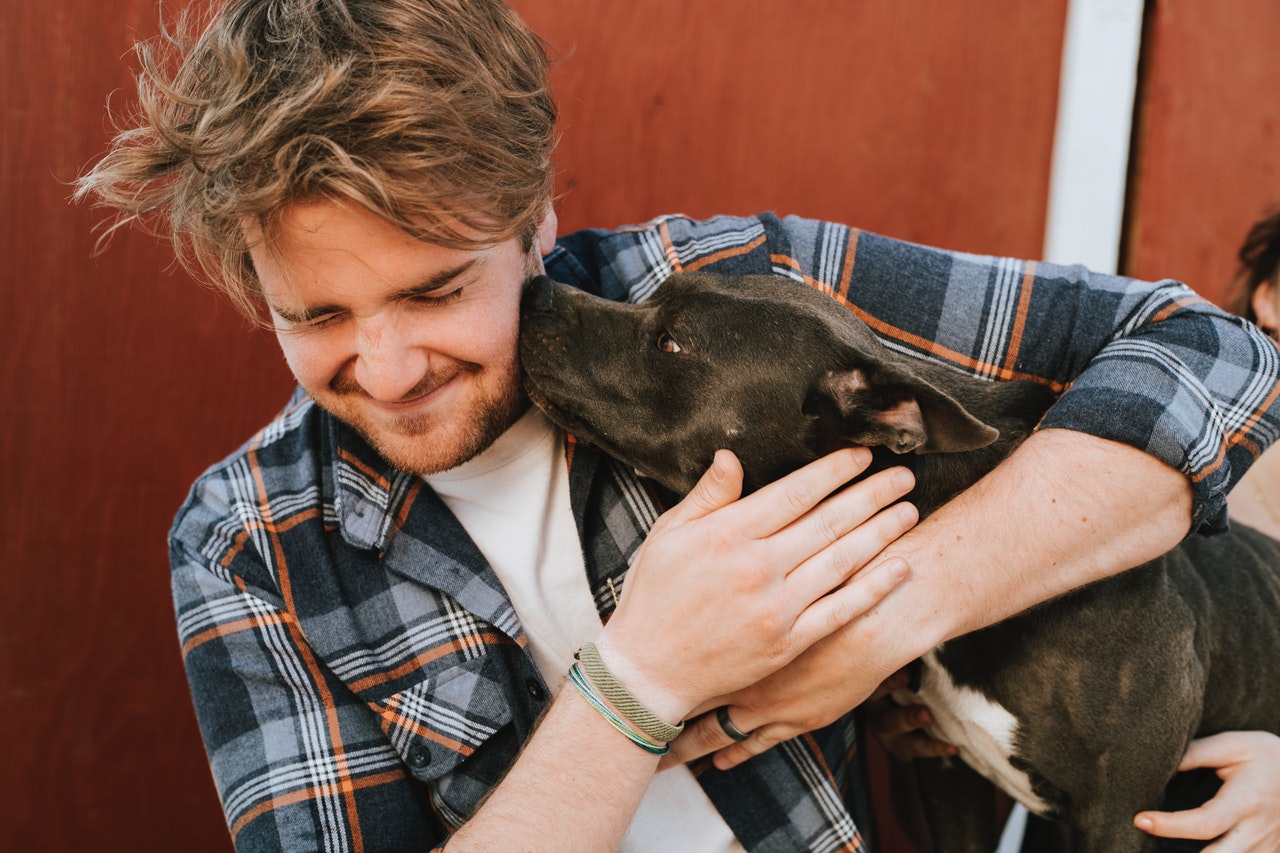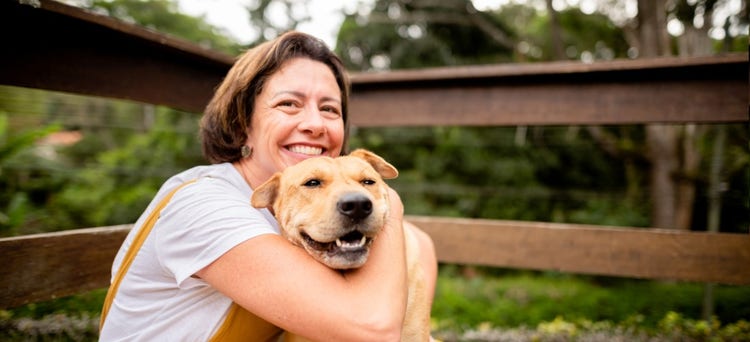
Welcoming a Dog to Your Home: A Comprehensive Guide for Pet Owners
Share
Bringing a new dog into your life is a thrilling adventure, yet it comes with its set of challenges. This is especially true for health-conscious pet owners who are eager to ensure their new companion's well-being right from the start. In this guide, well cover essential practices on welcoming a dog to a new home to facilitate a seamless transition for both you and your newly adopted furry friend.

Preparing Your Living Space
Before you welcome your new dog, it's vital to get your home ready. Dogs are innately inquisitive, so a well-prepared environment can prevent accidents and help your pet feel secure. Start with pet-proofing your space: hide any electrical cords, secure cabinets, and eliminate toxic plants or harmful substances. Create a special area where your dog can eat, rest, and play undisturbed.
It's best to avoid making sudden changes in the environment, as this can lead to stress for your new pup. Instead, slowly introduce new elements into your home. A consistent environment will help your dog feel protected and minimize anxiety-related health concerns.
The Initial Introduction
The initial introduction to your new dog is crucial. It's important to stay calm and patient. Your dog may feel nervous in their new surroundings, so allow them the time and space to explore at their own pace. Refrain from overwhelming them with attention or noise.
Upon arriving home, keep your dog on a leash and let them investigate the area. Make sure that the first interactions with other family members or pets are controlled and monitored. Introducing your dog to their designated sleeping area and showing them where they can find their food and water is also beneficial. For additional insights on this process, you can refer to this ultimate guide.
Creating a Routine
A consistent routine is vital for your dog's overall health. Dogs thrive on predictable schedules, so establishing one that includes feeding times, walks, playtime, and periods of rest will help them understand your expectations.
Be mindful of your dog's dietary needs as well. A well-balanced diet customized to their individual requirements will keep them healthy and energetic. Consult with your veterinarian to devise the ideal diet plan for your new family member.
Socializing and Training
Socialization is a fundamental part of your dogs development. Expose your pup to different environments, various people, and other animals to help them become well-adjusted and confident. Utilizing positive reinforcement, such as treats and praise, can encourage desired behaviors during training sessions.
Incorporate regular training sessions into your dog's routine. This not only helps set boundaries but also strengthens the bond between you and your pet. For more effective training strategies, visit this training resource.
Keeping an Eye on Your Dog's Health
As a health-conscious pet owner, monitoring your dog's health is crucial. Make sure to schedule regular vet check-ups to ensure your dog remains in good health and is current on vaccinations. Be attentive to changes in behavior or appetite, as these can be indicators of underlying health issues.
Providing your dog with both mental and physical stimulation is equally important. Ensure they get regular exercise, use interactive toys, and engage in fun activities to keep them happy and healthy. For further ways to keep your dog active, consult this activity guide.

FAQs
How long does it typically take for a dog to adjust to a new home?
Adjustment time can vary from a few days to several months. Patience and consistent care are key to helping your dog feel at home.
What should I do if my dog appears anxious in their new surroundings?
If your pup shows signs of anxiety, create a calming environment. Offer them a safe space and utilize positive reinforcement to mitigate their anxiety. Seek advice from a professional trainer or veterinarian if necessary.
How can I help my dog interact positively with other pets?
Introduce your new dog to other pets gradually and in a controlled manner. Monitor their interactions and reward calm and friendly behavior with positive reinforcement. Slow acclimatization and patience can help ensure they develop positive relationships.
Welcoming a dog to your home can be a fulfilling experience, but it requires thoughtful preparation, patience, and love. By adhering to these guidelines, health-conscious pet owners can ensure a smooth transition and a joyful, healthy life for their new furry family member. For additional pet care and adoption information, consider visiting the ASPCA website.
This article contains affiliate links. We may earn a commission at no extra cost to you.
